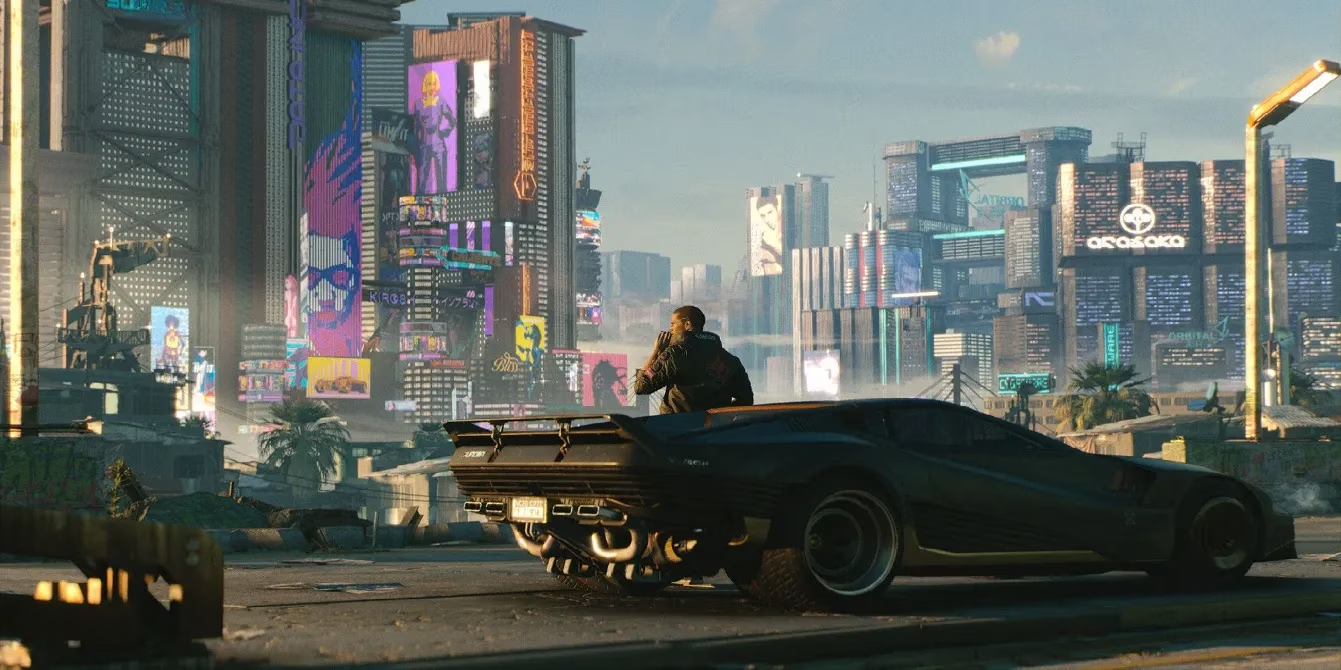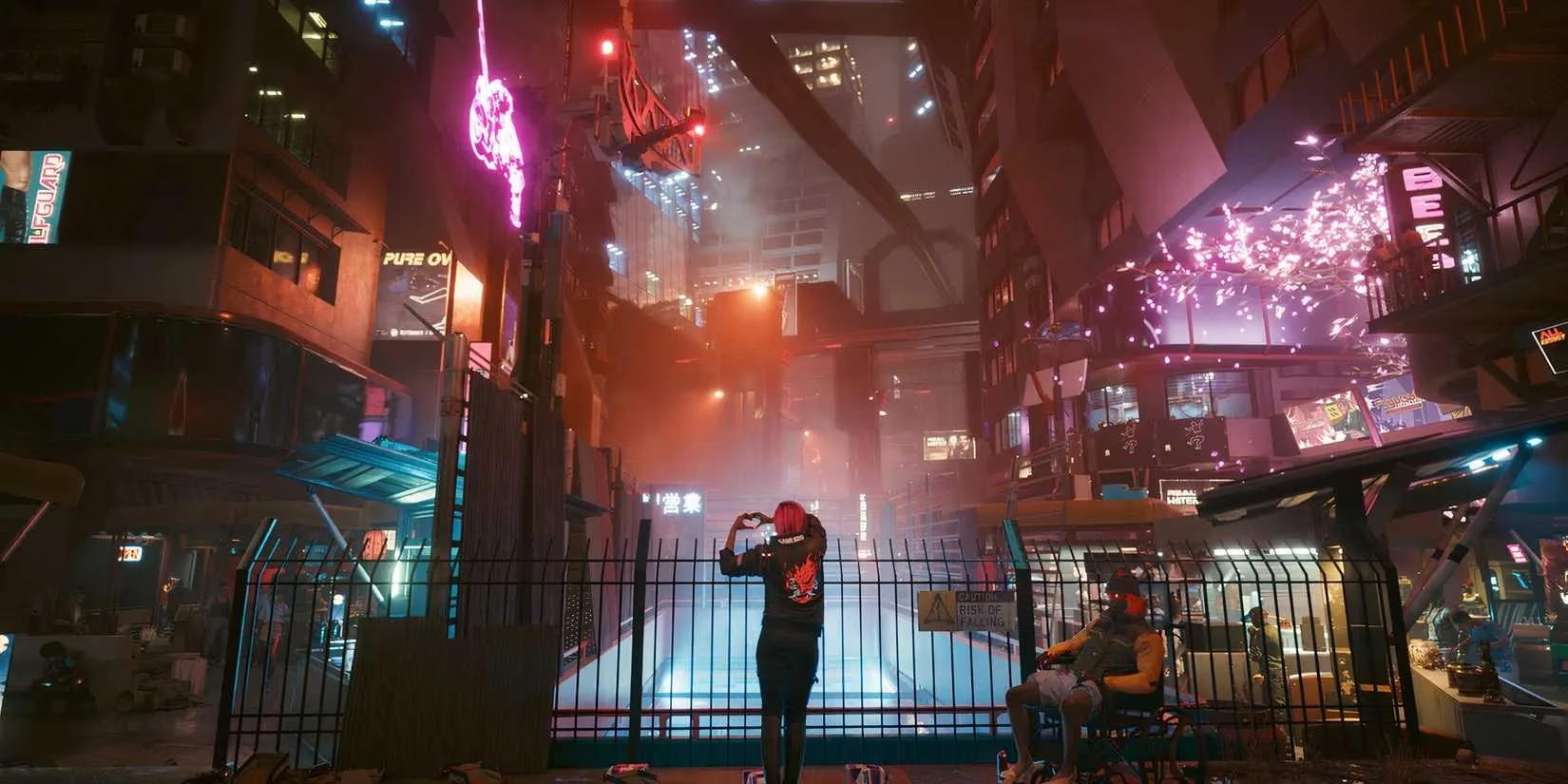Beyond Night City: Project Orion's New Urban Frontier in the Cyberpunk Universe
Cyberpunk sequel Project Orion promises an exhilarating expansion beyond Night City to a gritty, Chicago-inspired metropolis, elevating the cyberpunk universe with immersive urban landscapes.
In the neon-drenched world of Cyberpunk, fans have been eagerly awaiting any morsel of information about the sequel to 2020's groundbreaking Cyberpunk 2077. Recent revelations from Mike Pondsmith, the visionary creator behind the Cyberpunk series, have sent ripples through the gaming community, suggesting that the upcoming sequel, codenamed Project Orion, will expand beyond the familiar streets of Night City to introduce players to an entirely new urban hellscape.
During a revealing conversation at Digital Dragons, a prestigious gaming industry conference in Krakow, Poland, Pondsmith shared insights with Michal Manka of Find Your Next Game by GameStar. What caught everyone's attention was a seemingly unplanned disclosure about the game's setting. 'I spent a lot of time talking to one of the environment guys,' Pondsmith remarked, 'and he was explaining how the new place in Orion, because there's another city we visit, not telling you any more than that. But there's another city we'll visit.'

The tantalizing hint about Chicago being this second metropolis has set speculation ablaze. 'It feels more like Chicago gone wrong,' Pondsmith noted cryptically, sending dedicated fans scrambling to connect the dots. This potential expansion to the Windy City aligns with subtle environmental storytelling already present in Cyberpunk 2077, where observant players have spotted advertisements for a three-hour high-speed transit link between Night City and Chicago, scheduled to open in 2080.
The prospect of exploring two distinct cyberpunk metropolises represents a significant evolution for the franchise. Night City's California coastal setting—a fictional replacement for Morro Bay positioned between Los Angeles and San Francisco—contrasts sharply with Chicago's Midwestern industrial heritage. The juxtaposition of these environments could provide players with a richer understanding of how different regions have adapted to the dystopian future of the Cyberpunk universe.
The Immersive Potential of Multiple Cities

For those who spent countless hours exploring the vertical labyrinth of Night City, the thought of an entirely new urban playground is exhilarating. Each district of Night City had its own distinct personality, from the corporate sterility of City Center to the neon-soaked pleasure districts of Westbrook. One can only imagine how CD Projekt Red might reimagine Chicago through a cyberpunk lens—perhaps transforming iconic landmarks like Willis Tower or Navy Pier into grotesque monuments to corporate excess.
The geographical distance between these locations—approximately 2,000 miles—raises intriguing questions about gameplay. Will players experience the journey between cities? Might the high-speed transit system feature as more than mere background lore, perhaps serving as a setting for high-stakes missions or narrative sequences? The possibilities are as vast as the American landscape that separates these urban centers.
Technical and Narrative Implications
The ambitious scope suggested by multiple city environments raises significant technical considerations. CD Projekt Red's next-generation REDengine will need to render two distinct urban environments with the detail and density players have come to expect. Given the five-year development cycle since Cyberpunk 2077's release, the studio has likely made substantial technological advancements to support this expanded vision.
From a narrative perspective, the inclusion of Chicago opens fascinating possibilities. The city's rich history of political corruption, organized crime, and labor movements provides fertile ground for cyberpunk storytelling. Perhaps Chicago represents a different approach to the dystopian future—a variation on the themes established in Night City, where different corporations hold sway or where the balance of power between gangs, corporations, and government takes unique forms.
The Evolution of Cyberpunk's World-Building
What makes this potential expansion particularly exciting is how it builds upon the solid foundation established in the original game. Cyberpunk 2077, despite its troubled launch, created one of gaming's most immersive and detailed urban environments. Night City felt alive in ways few virtual cities have—from its crowded marketplaces to its abandoned industrial zones, from its gleaming corporate towers to its grimy underground clubs.
The prospect of experiencing another city crafted with similar attention to detail, but with its own distinct identity, represents a natural evolution for the franchise. It suggests that Project Orion isn't merely continuing the story of Cyberpunk 2077 but expanding its scope to create a more comprehensive vision of this dystopian future America.
Fan Theories and Community Reaction
Since Pondsmith's remarks, the Cyberpunk community has erupted with theories about how Chicago might differ from Night City. Some speculate it could be a more traditional cyberpunk environment, leaning heavily into industrial decay and retrofitted technology. Others suggest it might represent a different approach to corporate control—perhaps dominated by different megacorporations than those that rule Night City.
The community has also been combing through Cyberpunk 2077 for additional clues about Chicago. Beyond the transit advertisements, players have identified scattered references to the city in news broadcasts, character dialogues, and environmental storytelling. This suggests that CD Projekt Red may have been planting seeds for this expansion all along.
Looking Forward: The Road to Project Orion
While this glimpse into Project Orion's setting is tantalizing, it represents just a tiny fraction of what the game will ultimately offer. With development likely still in its middle stages, much could change before the final product reaches players.
What remains clear is that CD Projekt Red isn't content to simply revisit the same territory. By potentially expanding to Chicago, they're demonstrating a commitment to building a more comprehensive vision of the Cyberpunk universe—one that extends beyond the boundaries of a single city to explore how this dystopian future manifests across different regions and cultures.
As we wait for more concrete details about Project Orion, one can't help but wonder: if Night City and Chicago are both accessible in this new chapter, what other locations might eventually become part of this expanding digital universe? Might we someday explore the neon canyons of Neo New York, the flooded districts of New Orleans, or even cyberpunk interpretations of international metropolises? The horizon seems limitless, much like the ambition behind this evolving franchise.
The journey beyond Night City promises to be as thrilling as it is unpredictable. For now, fans can only speculate about what awaits in the shadowy streets of cyberpunk Chicago—a city that, like its real-world counterpart, will undoubtedly be defined by big shoulders, bigger corporations, and the indomitable human spirit struggling to survive beneath both.